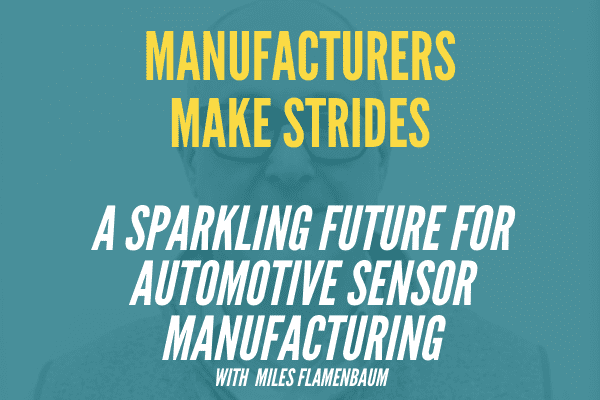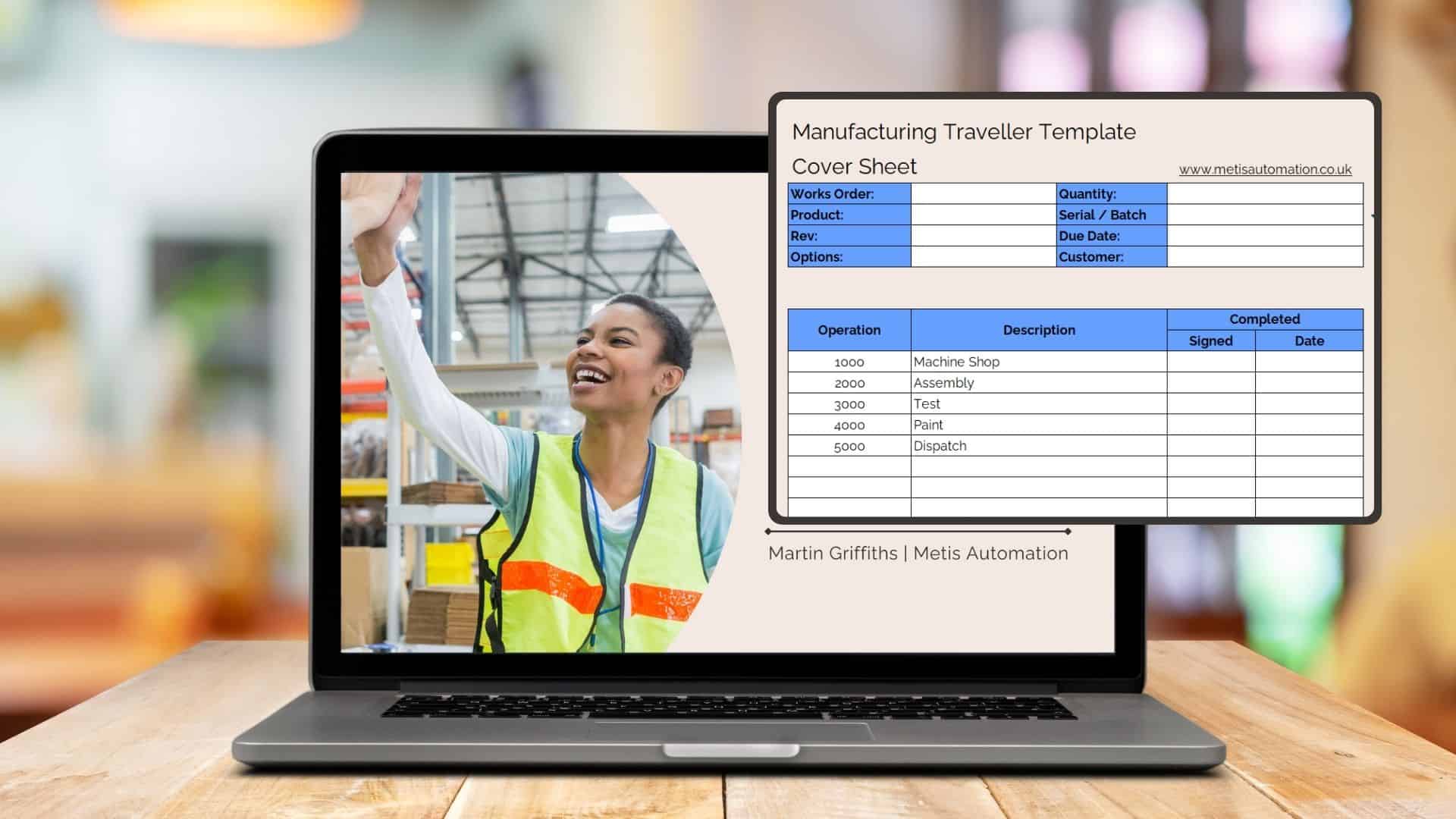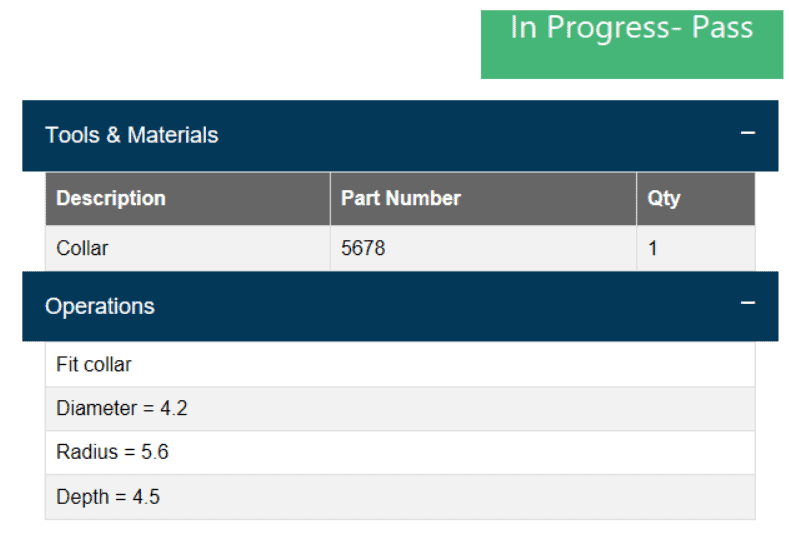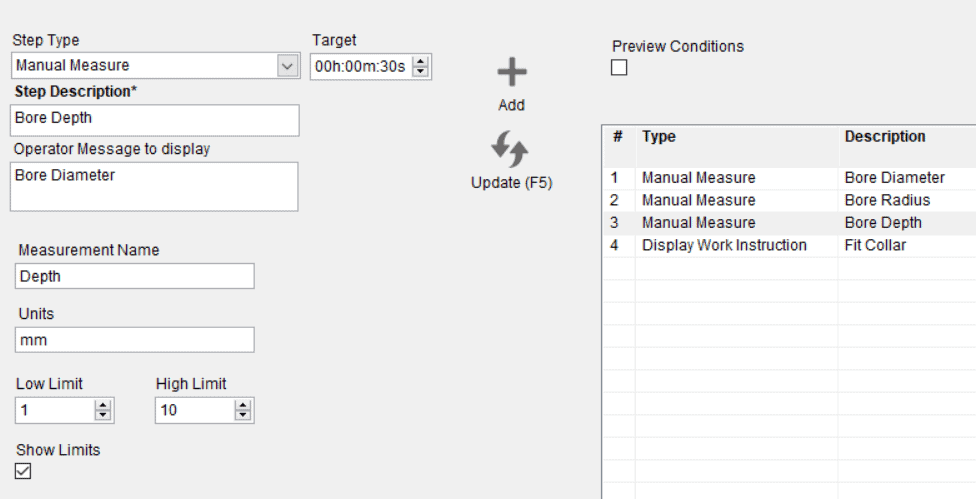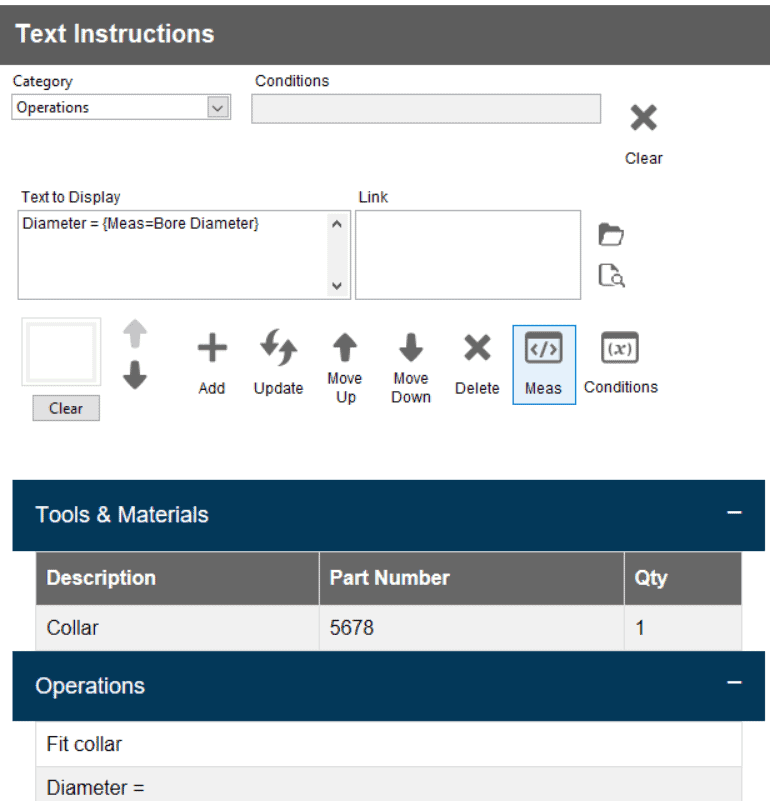
America and Automation… And the People Behind Both
Automation is one of the hottest topics in the engineering and manufacturing industries. The speed, efficiency, and potential hurdles of automation are the points of discussion on every agenda – including ours today. We’re talking to the co-founder of an online platform that’s making job accessibility in the age of automation a very real and very lucrative opportunity for automation engineers in America.
Hear what Tony Wallace has to say about why automation is happening at break-neck speeds, how automation engineers and PLC programmers can stay ahead of the career game, and how America is joining the conversation.
If you’d like to learn more about Tony’s career from contractor to co-founder of Automate America, then follow along as we talk about career moves, online platforms for programming professionals, and some of his thoughts on automation as the future of America.
What lead you to creating your own automation company?
I grew up in Detroit and all of my family was involved in the United Automation Workers in America. The city that I grew up in had three auto plants right in the city. You either worked for the auto companies or you service them. I originally worked for an engineering firm, then the obvious path forward for me was becoming an independent contractor. I’d met many of them and they were making a lot of money. I thought if I want to go to the next level, I’d have to start contracting myself. I wasn’t really thinking about growing a company, but before I knew it, I had several independent contractors and that blossomed into hiring engineers. Ultimately that led us to build systems here in South Carolina.
What are some of the challenges you come across with contracting?
We had our struggles and learned that keeping an even, consistent workflow was impossible. You would get a huge one-off system, followed by a smaller one, followed by the biggest one you’ve ever had. We couldn’t keep mechanical designers, builders, electricians, and programmers busy all at the same time. I loved building automation, but it was difficult to be successful and to run a business profitably.
The problem was having the right employees with the right skills on demand. So, we set forward to helping everybody build those systems efficiently. For instance, if you have your core team of three or four mechanical designers and you get a big project, you contract the others that you need. When that part of the project is done, you move on and contract in some builders or electricians. With Automate America, if you hire too many employees you can keep them billable by contracting them back out.
Do you think automation in America is going to expand over the next few years?
Yes. I think the supply chain problems have been brought to light and importing has become much more difficult and expensive. We are seeing quite a bit of reshoring and we’re looking forward to 2022 seeing a big portion of that. A lot of companies are bringing portions of their supply chain back to America. Even if they’re not manufacturing their entire product here, they’re bringing it back, so it seems to be going well. We’re also doing work across all of North America and some in South America and Brazil and Argentina as well.
Do you think manufacturers will get a fast return on investment?
What we’re finding in America is that nobody wants to do manual labour anymore. Nobody wants to load a bracket, those days are gone. When you find an employee that’s willing to do that, the turnover is so high and the problems are immense. We have manufacturers right now that are looking for just anybody. They don’t care about background checks or drug tests, they just need to get people in. But they literally have police officers on the manufacturing floor every day because they’re having so many problems. And that’s just unsustainable, you can’t maintain a work environment like that. Those same customers are losing engineers because they don’t want to be working with felons on the floor. So all of those processes really need to be automated.
Do you have any tools or techniques that have helped you along the way?
Contracting is definitely not for inexperienced people or somebody trying to get a start in the industry. You really need to be an experienced seasoned employee to move into it. Keeping contacts and keeping a reputation, that’s the most important thing with any business, but especially in automation. While you’re an employee, you can make a good impression and really build up your reputation and network. When it becomes time to contract, you’ll know the right people to call, the right marketplace to join, and you can go out there with a reputable background.
On the financial side, before you try to start your business, make sure that you have a stable background. You don’t want to be worried about quitting your job becoming a contractor and worry about your first month’s payments. You need to make sure that that’s covered. What I recommend to everybody is to have two or three months of bills in the bank before you get started. A big way to do that, at least in America, is through credit with the bank. If you start a company here, most banks will give you a line of credit for $5,000 to start off. Then every month you go back to the bank, ask for more and keep building it up. This is one of the keys to our success – traditional bank financing.
What exciting things are you working on in this coming year?
I’m really excited about improving our social media and, and finding a way to really make that work. In the past, our social media was just imaging, an image with some information. Now we’re converting to video and trying to make that work. It’s a journey. It’s something that should always improve and I’m sure it’s going to get much better every day. So we’re looking forward to that.
What’s the best way for people to get in touch with you?
Go directly to automateamerica.com and register for free. If you’re a customer, you can post your contract there right away. We also market your products and services as a customer. You can register as a service partner and if you have a contractor, build a profile for them and get them working right away. If you’re an independent contractor, you can build your own profile and apply it to any projects you want. Everything’s upfront, So what you see is what you get. If you see a $100-hour bill rate, that’s what you get paid, and payment terms, expenses and travel are in the initial contract.

